10 foods to avoid for healthy blood sugar levels
Avoid these foods in your daily meals and snacks to help manage your blood sugar levels.
Updated on February 9, 2024
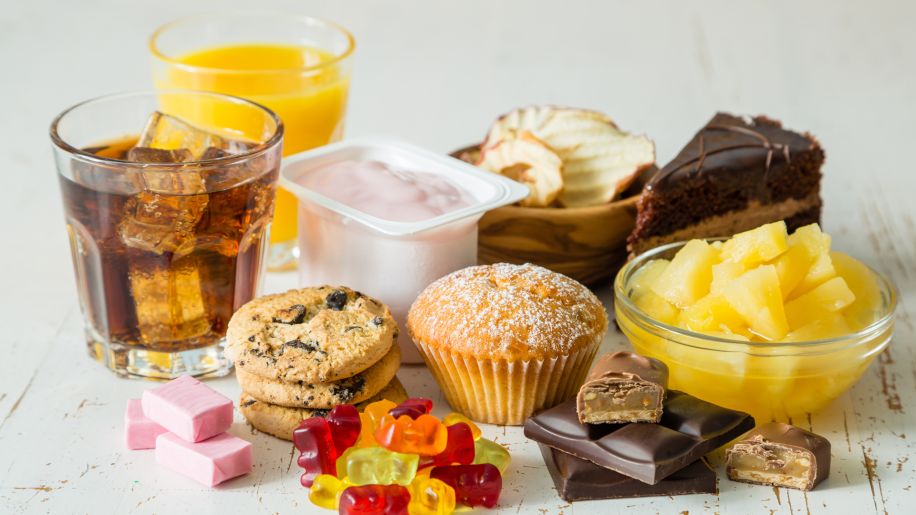
Certain foods can send your blood sugar levels rising, with insulin rushing to keep up.
"Refined flours and sugar cause huge spikes in insulin and get absorbed quickly, which causes problems," says Mark Hyman, author of The Blood Sugar Solution.
When you are looking to adjust your diet to benefit your blood sugar levels, look at the whole meal instead of just individual ingredients, adds Jackie Mills, MS, RD. Pairing carbohydrates with protein, fat, or fiber helps slow down the absorption process. As you create your meals and snacks watch out for these 10 foods that can have a negative affect on your blood sugar levels.
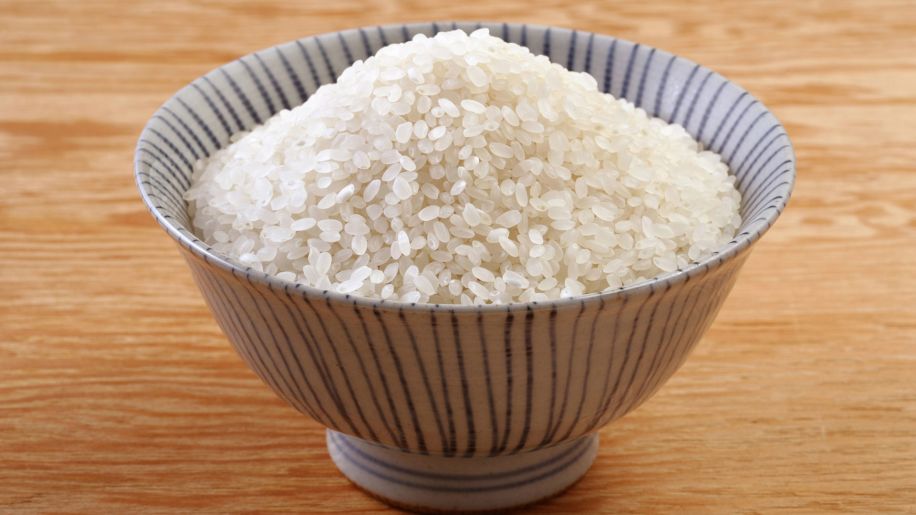
White Rice
White rice is a whole rice grain that has been polished until just the endosperm is left. (The endosperm is essentially an easily digestible portion of starch.) Not surprisingly, studies have shown that eating white rice can raise blood sugar levels significantly, especially if eaten often or in large quantities. One study showed an 11 percent increase in diabetes risk with each daily serving of white rice. If you love rice with your stir-fries, switch to brown rice, which has less of an affect on blood sugar levels.
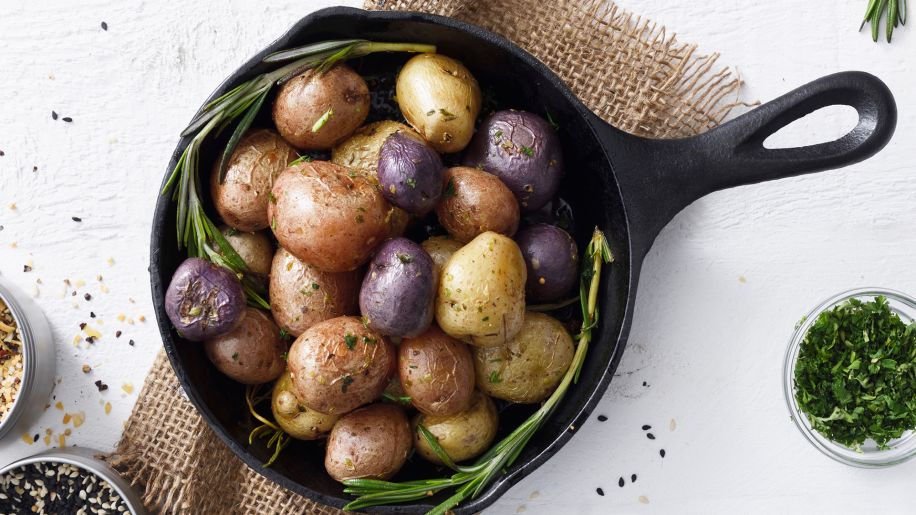
Potatoes
Potatoes may be a whole, natural root veggie, but when prepared in certain ways (such as in the form of French fries and potato chips), they can cause blood sugar to spike because they're digested into the bloodstream quickly. To reduce this negative effect, cook potatoes with a healthy fat, such as olive oil, and bump up the fiber by adding hearty leafy greens or another vegetable to the mix. Or, make potato salad with plenty of lemon juice and chill it in the fridge. The acid and cold alter the starch molecules in the spuds to help slow digestion.
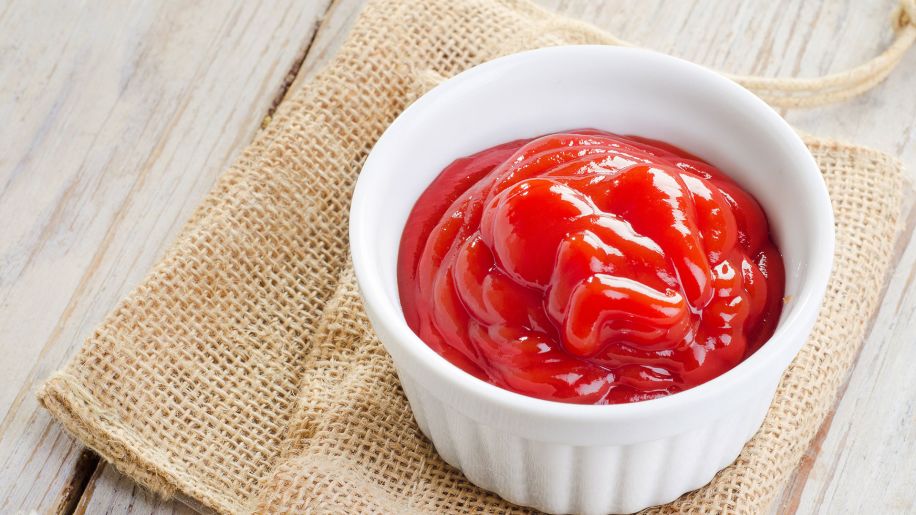
Ketchup
We tend to think of ketchup as a salty condiment, but many brands list some sort of sweetener as the second ingredient. This added sugar can affect on your blood sugar levels. "It doesn’t matter if it’s called sugar, evaporated cane juice, high fructose corn syrup, or malt syrup," Mills says. "They’re all sugar, and all of them will elevate blood glucose."
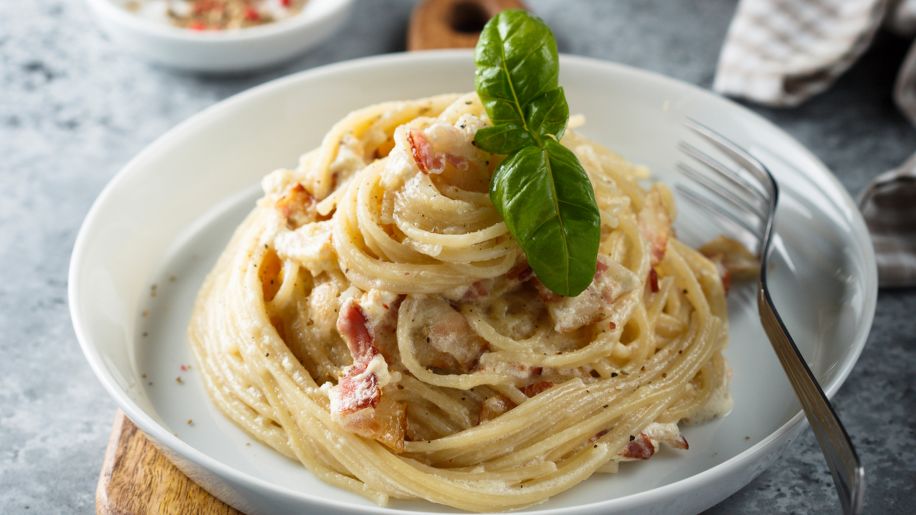
White Pasta
White pasta is made from refined white flour, which is an easily digestible starch. That raises your blood sugar levels. It can also promote overeating because it's quickly digested, so you want to eat again, according to Amy Jamieson-Petonic, RD, a registered dietitian and exercise physiologist in Cleveland, Ohio. As if that's not bad enough, overcooking the pasta worsens the blood sugar impact.
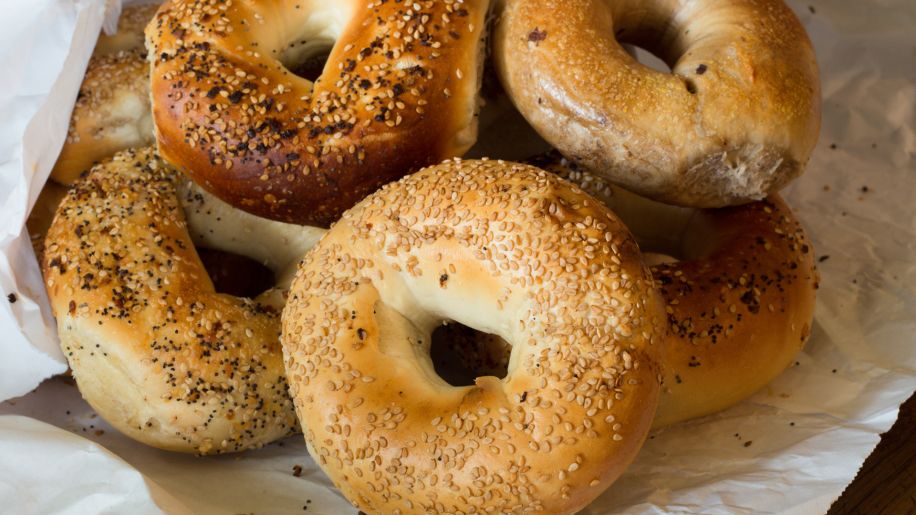
Bagels
Back during the low-fat diet craze, bagels were darlings because of their "no-fat/low-fat" label. But that's one of the very reasons they can cause your blood sugar levels to rise. "Refined flours cause huge spikes in insulin and get absorbed quickly, which causes problems," Dr. Hyman says. If you must get your bagel fix, pair it with a smear of avocado, which is loaded with healthy unsaturated fat, and a few slices of smoked salmon (a great source of both protein and omega-3 fatty acids). These toppings help slow down digestion and regulate your blood sugar. You get extra points if you have a whole-grain bagel.
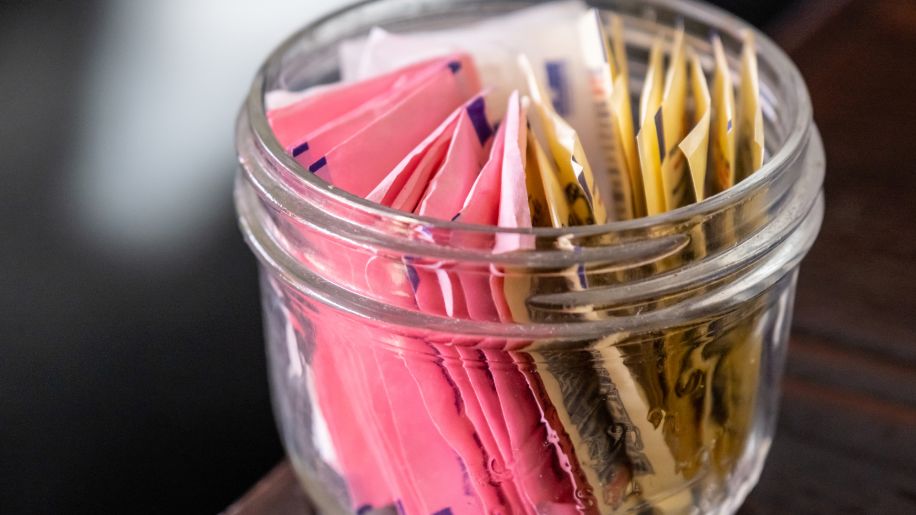
Artificial Sweeteners
Many people think artificial sweeteners are harmless additives and a good choice if you have diabetes. Not so, Hyman says: "Artificial sweeteners slow metabolism and increase fat deposition and can increase the risk of diabetes by 67 percent." If you need to satisfy a sweet tooth, Mills says, you're better off enjoying foods made with real sweeteners on occasion and in moderation.

Fruit Juice
"If your blood sugar is extremely low and you need to bring it up quickly, juice is your thing," Jamieson-Petonic says. But that’s not an effect you want when you’re looking to manage your blood sugar levels most of the time. "The concentration of carbohydrates is very high and tends to cause severe spikes and drops,” she adds. Keep fruit juice on hand to counteract hypoglycemia (low blood sugar), but make water your go-to beverage as part of your everyday diabetes diet.

Energy Bars
Because of all the added sugar, "some energy bars may as well be labeled candy bars," Mills says. Indeed, a single bar can carry a glycemic load over 49. (Anything over 20 is considered "high.") That's more than a king-size candy bar!
Bars made from refined flours and sugars may have the harshest impact on blood sugar. If you like the convenience of energy bars, read labels carefully and choose bars made with nuts, whole grains, and few added natural sweeteners. Don't forget to account for the carbs in your daily tally.
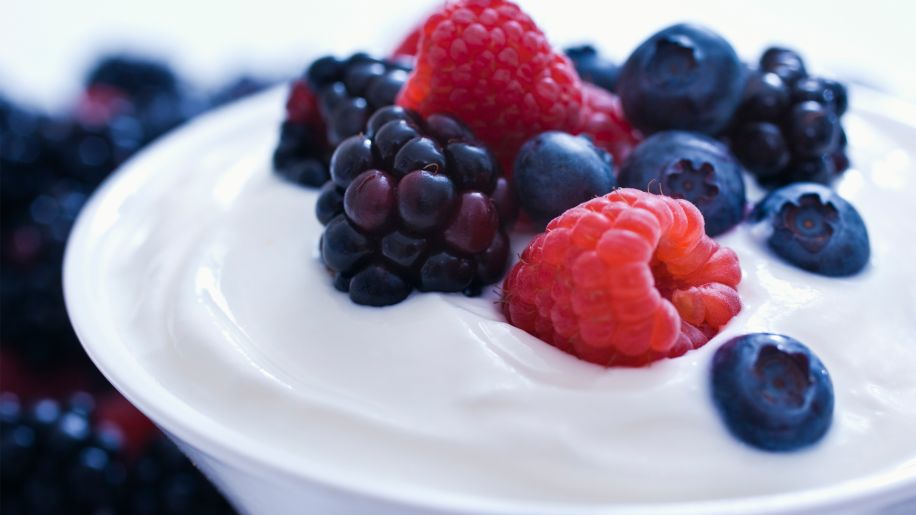
Low-Fat Sweetened Yogurt
It's obvious that low-fat yogurt has had fat removed and that seems like a good choice if you have diabetes. While low-fat yogurt has a (small) positive impact on your overall calorie count, it’s not so great for your blood sugar. Manufacturers often compensate for that loss of fat by adding stabilizers, thickeners, and sugars that can have a detrimental impact on blood glucose. A better approach is to skip the fruit-flavored yogurt and choose plain yogurt sweetened with real, whole fruit.
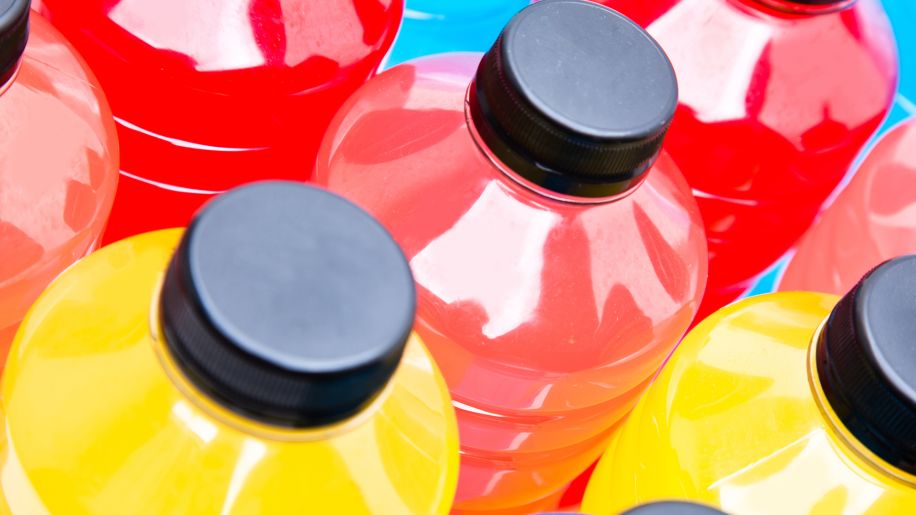
Sports Drinks and Energy Drinks
Energy drinks and sports drinks have the downsides of fruit juice with even more added sugars. "They’re basically lots of sugar and very low nutrition," Jamieson-Petonic says. If you're trying to stabilize blood sugar levels, steer clear of energy drinks and sports drinks. Go for water flavored with a spritz of citrus instead.
Featured Content


video


video

article


video
